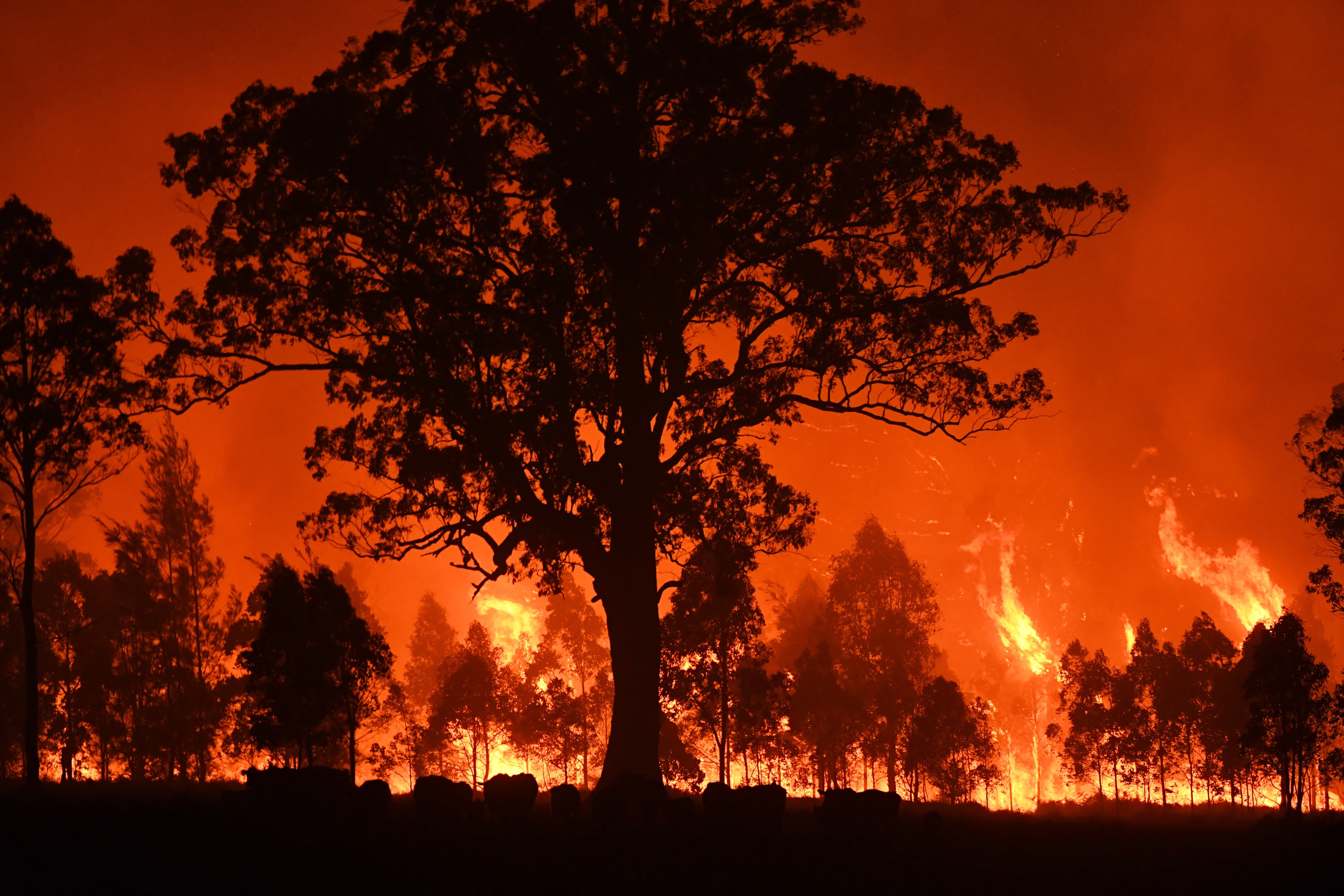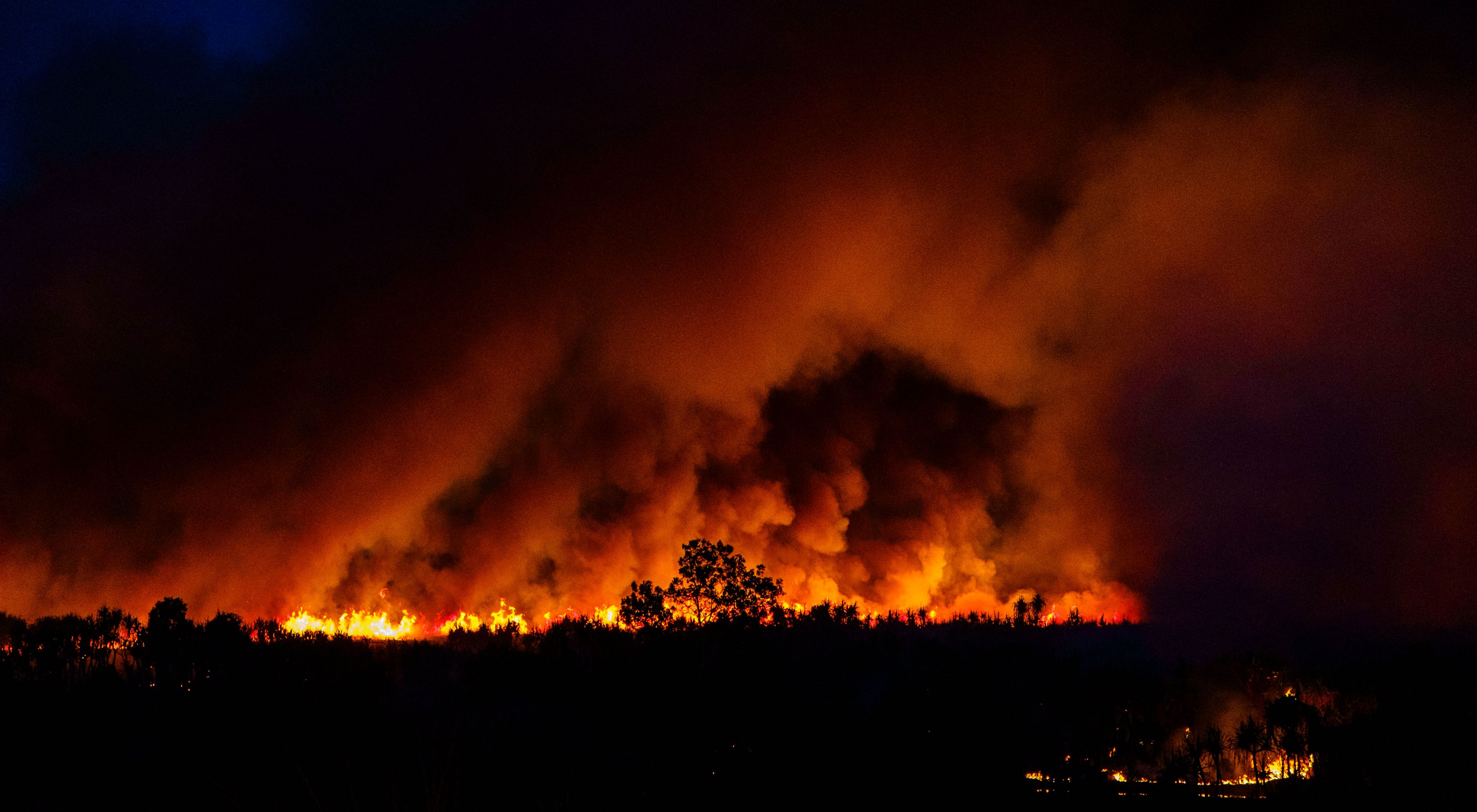Understanding the Significance of an Extensive BAL Assessment Report
Understanding the Significance of an Extensive BAL Assessment Report
Blog Article
Vital Tips for Bushfire Administration to Ensure Fire Security

Recognizing Bushfire Risk Degrees
Comprehending the differing levels of bushfire risk is important for effective preparation and preparation in mitigating prospective risks to lives and buildings. Bushfire risk degrees are commonly categorized based upon elements such as climate condition, gas availability, topography, and historic fire actions. By comprehending these danger levels, people and neighborhoods can proactively carry out methods to lower susceptability and enhance strength in the face of prospective bushfire occasions.
The initial level of bushfire threat is low risk, where the possibility of a bushfire happening and creating significant damage is marginal. This level commonly occurs throughout durations of low temperatures, moderate moisture, and marginal wind rates. Modest risk levels suggest a raised potential for bushfires as a result of escalating climate condition or fuel schedule. High-risk levels represent a considerable hazard, with conditions for fast fire spread and extreme fire behavior. Severe threat degrees are one of the most crucial, presenting imminent threat to properties and lives due to severe weather conditions and very flammable gas.
Understanding these bushfire threat degrees enables stakeholders to tailor their preparedness and feedback actions appropriately, ensuring a proactive and reliable approach to bushfire monitoring.
Establishing a Defensible Space
Efficient bushfire administration starts with establishing a defensible space around residential properties to improve protection versus potential fire hazards. A defensible room is a barrier zone that produces an obstacle between a framework and the surrounding combustible vegetation. This area works as a crucial line of protection, giving firemans a secure area to run and assisting to minimize the threat of a fire spreading out to the residential property.
When developing a defensible space, it is necessary to think about the format of the residential or commercial property and the bordering landscape. Clearing plant life, especially extremely combustible plants, within a certain span of the residential or commercial property can assist prevent the quick spread of fires. Additionally, preserving a well-irrigated area around the residential or commercial property can additionally enhance its defensibility.
Regular maintenance of the defensible area is crucial to guarantee its performance. This consists of cutting looming branches, removing dead plant life, and maintaining the location without particles. By spending time and initiative into creating and keeping a defensible room, building proprietors can substantially improve their chances of safeguarding their homes and possessions during a bushfire.
Applying Fireproof Landscaping
When developing landscapes to reduce the risk of bushfires, incorporating fireproof components is necessary for boosting building defense and decreasing fire threats. Applying fire-resistant landscaping entails strategic planning to produce a defensible area around structures. Start by choosing fire-resistant plant types that are much less likely to spark and create lower levels of combustible products. Select plants with high dampness web content, reduced oil web content, and marginal dead greenery to decrease the threat of fire spread. In addition, maintain ample spacing between plants and maintain them appropriately pruned to stop fire from easily leaping in between plant life.

Developing an Emergency Situation Emptying Plan
Creating a detailed emergency evacuation plan is crucial for making certain the safety and wellness of individuals throughout prospective bushfire incidents (BAL Report). A reliable evacuation strategy need to describe clear treatments to follow in the occasion of a bushfire hazard, consisting of designated emptying paths, setting up points, and interaction protocols
To start developing an emergency situation discharge plan, it is vital to evaluate the particular risks and vulnerabilities of your place. Determine numerous discharge routes that cause risk-free locations far from the fire, considering aspects such as surface, roadway accessibility, and possible threats. Develop communication channels to alert citizens of an upcoming evacuation, utilizing methods such as sirens, text notifies, or door-to-door notices.
Frequently evaluation and practice the evacuation plan with all locals or neighborhood members to make certain everyone understands their obligations and functions. Conduct drills to examine the performance of the strategy and make any type of needed modifications. By having a well-prepared discharge strategy in location, you can enhance the chances of a organized and risk-free evacuation throughout a bushfire emergency.
Maintaining Fire Security Equipment
After establishing a detailed emergency discharge plan for bushfire occurrences, it is critical to focus on the normal maintenance of fire safety and security devices to ensure optimum performance and readiness. Regular upkeep of fire safety devices such as fire extinguishers, smoke detectors, emergency alarm, and lawn sprinkler is critical in protecting lives and building during a bushfire. Conducting regular inspections, screening, and servicing of these gadgets by certified experts is important to assure they remain in working order when required.
Fire extinguishers must be inspected frequently for pressure levels, noticeable damages, and check these guys out proper functionality. Smoke detectors need to have their batteries changed at the very least yearly and undergo monthly screening to guarantee they are functional. Fire alarm systems and lawn sprinkler need to be checked periodically to validate they are attached and working appropriately. Additionally, it is important to maintain fire safety and security devices easily accessible, unblocked, and clearly labeled for very easy recognition throughout an emergency. By diligently preserving fire security devices, individuals can enhance their readiness and feedback abilities in the occasion of a bushfire.
Verdict
Finally, effective bushfire monitoring entails comprehending danger levels, developing defensible spaces, executing fireproof landscaping, establishing emptying plans, and preserving fire security devices. By complying with these vital tips, people can make sure better fire defense and safety and security for their areas and residential or commercial properties. It is important to prioritize proactive actions to mitigate the threats connected with bushfires and to be gotten ready for emergencies.
By comprehending the subtleties of bushfire danger levels, establishing defensible spaces, applying fireproof landscape design, creating comprehensive evacuation strategies, and making sure the upkeep of fire safety tools, communities and people can dramatically bolster their resilience versus the ravages of wildfires - Bushfire Risk. These pointers are not only essential for navigate to this website protecting against prompt fire hazards yet also for promoting long-lasting fire protection methods that can make a considerable distinction in the face of intensifying bushfire dangers
High-risk degrees symbolize a substantial risk, with problems helpful to rapid fire spread and severe fire actions. Routine maintenance of fire safety tools such as fire extinguishers, smoke detectors, fire alarm systems, and sprinkler systems is critical in protecting lives and building throughout a bushfire.In verdict, reliable bushfire management involves comprehending risk degrees, developing defensible rooms, applying fireproof landscaping, establishing discharge strategies, and preserving fire safety tools.
Report this page